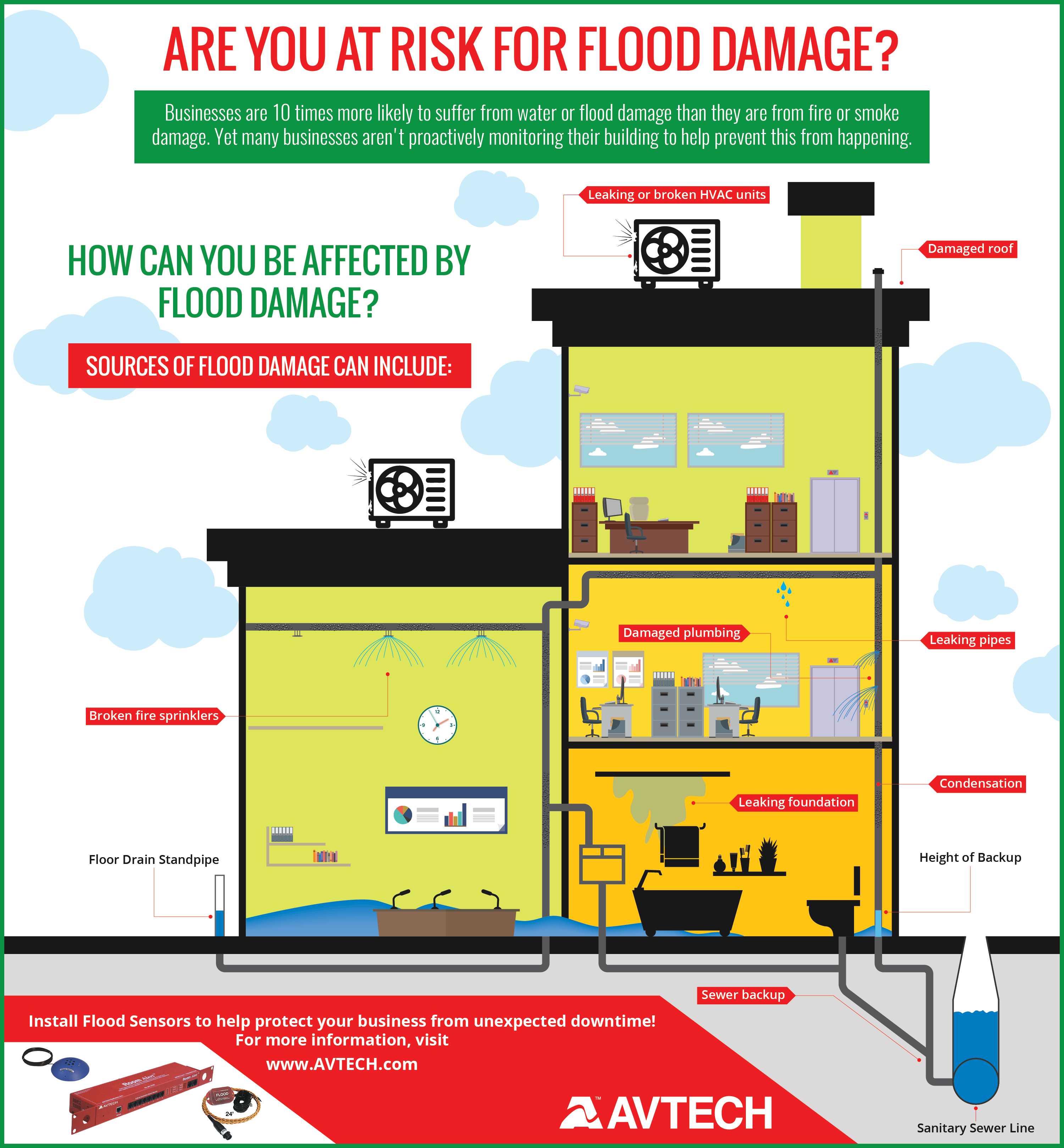Typical Mistakes In Roofing System Installation And Ways To Sidestep Them
Typical Mistakes In Roofing System Installation And Ways To Sidestep Them
Blog Article
Write-Up By-Yang Miranda
When you're planning a roof installation, it's easy to overlook crucial information that can lead to significant issues down the line. look at these guys could be tempted to reduce corners on product option or skip proper blinking installment, however these common errors can lead to expensive repair work later. Comprehending the significance of air flow and adhering to local building regulations is necessary for a successful project. So, what are the key steps you should take to guarantee your roofing system stands the test of time? Let's check out some reliable approaches to avoid these challenges.
Poor Product Selection
When it concerns roofing system installation, choosing the incorrect products can cause pricey problems down the line. You might assume that any kind of roof covering product will do, yet that's an usual misconception. It's essential to choose products that match your local climate and the particular needs of your home.
As an example, if you reside in an area with heavy rain or snow, opting for asphalt roof shingles may not be the most effective choice. Instead, think about even more resilient choices like steel or slate.
Furthermore, take note of the high quality of the materials you're considering. Affordable materials might save you cash upfront, yet they typically lack durability and can lead to frequent repair services or substitutes.
You should also consider the style of your home and ensure the materials you pick will keep its visual allure.
Ultimately, do not neglect to speak with experts. They can provide useful understandings and suggest products that comply with neighborhood building regulations.
Spending time in appropriate material selection now can assist you stay clear of migraines and expenses in the future, making your roof project a success.
Inadequate Flashing Installment
Picking the best products isn't the only variable that can result in roof problems; insufficient flashing installment can additionally produce significant problems. Flashing is critical for directing water away from vulnerable areas, such as chimneys, skylights, and roofing system valleys. If it's not mounted appropriately, you run the risk of water intrusion, which can bring about mold development and architectural damages.
When you install blinking, guarantee it's the ideal kind for your roof's design and the local climate. As an example, steel blinking is often more long lasting than plastic in areas with heavy rainfall or snow. Make certain the flashing overlaps suitably and is secured firmly to avoid gaps where water can permeate via.
You ought to likewise focus on the installation angle. Flashing need to be placed to route water away from your home, not towards it.
If you're unclear regarding the installation procedure or the products needed, get in touch with a specialist. They can assist recognize the best blinking alternatives and ensure every little thing is installed properly, guarding your home from prospective water damage.
Taking https://www.architectureanddesign.com.au/features/features-articles/a-roof-that-saves-energy-while-looking-sleek can conserve you time, money, and headaches down the road.
Neglecting Air Flow Requirements
While numerous home owners concentrate on the aesthetic and architectural aspects of roof installation, ignoring air flow requirements can bring about significant lasting consequences. Appropriate ventilation is crucial for controling temperature and wetness levels in your attic room, preventing problems like mold and mildew development, timber rot, and ice dams. If you do not install appropriate air flow, you're establishing your roof covering up for failing.
To avoid this mistake, first, examine your home's specific air flow requirements. A well balanced system usually consists of both consumption and exhaust vents to promote air movement. Guarantee you have actually set up soffit vents along the eaves and ridge vents at the peak of your roof. This mix permits hot air to get away while cooler air goes into, maintaining your attic space comfortable.
Likewise, consider the type of roofing product you have actually picked. Some materials may require additional ventilation methods. Double-check your local building regulations for air flow standards, as they can vary considerably.
Lastly, don't neglect to evaluate your ventilation system consistently. Blockages from particles or insulation can hinder air flow, so keep those vents clear.
Verdict
To conclude, preventing common roof installation errors is key to guaranteeing your roof covering's longevity and efficiency. By picking the right products for your environment, installing blinking effectively, and dealing with air flow needs, you can avoid costly problems in the future. Do not neglect to familiarize yourself with regional building codes and timetable routine inspections. With these actions, you'll appreciate a risk-free, sturdy roof that protects your home for years ahead. Happy roof!
